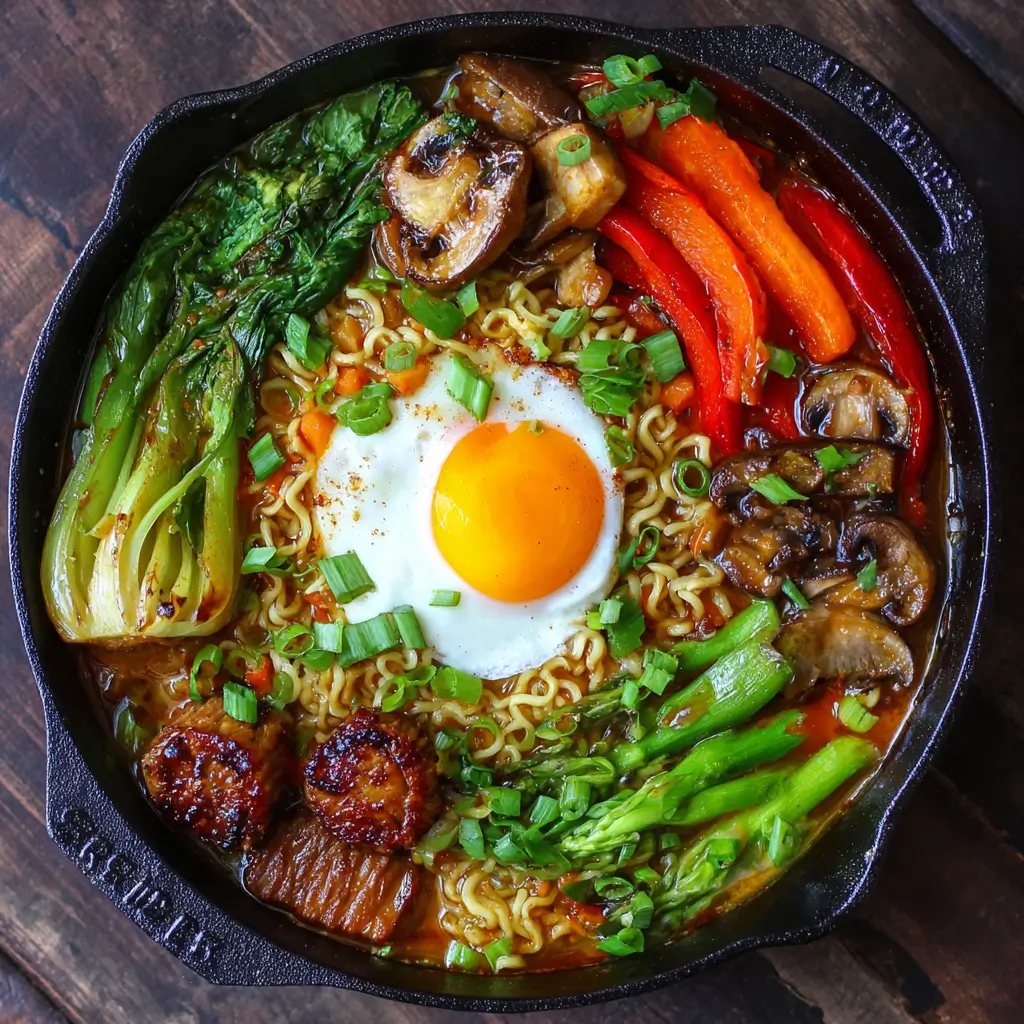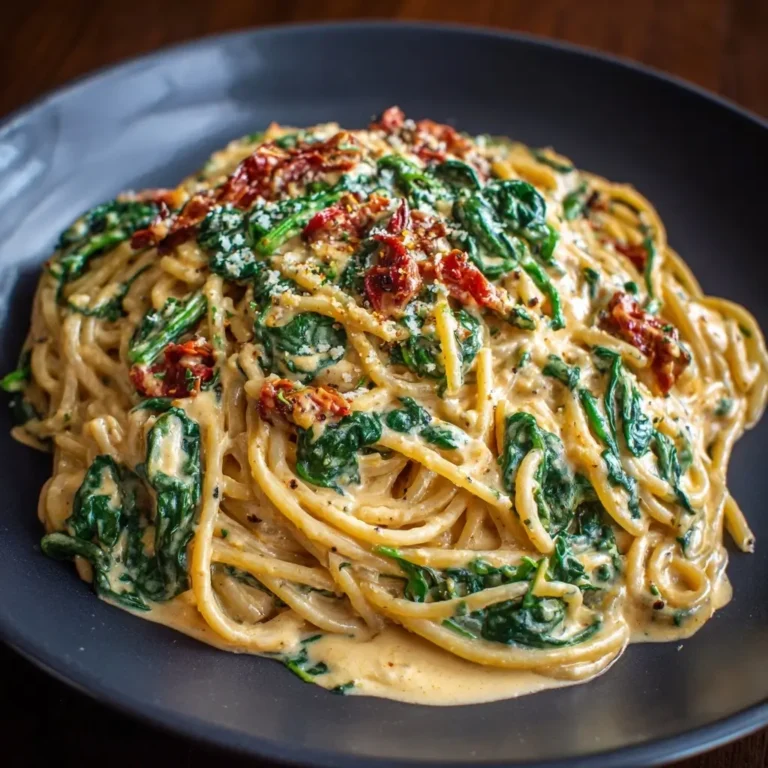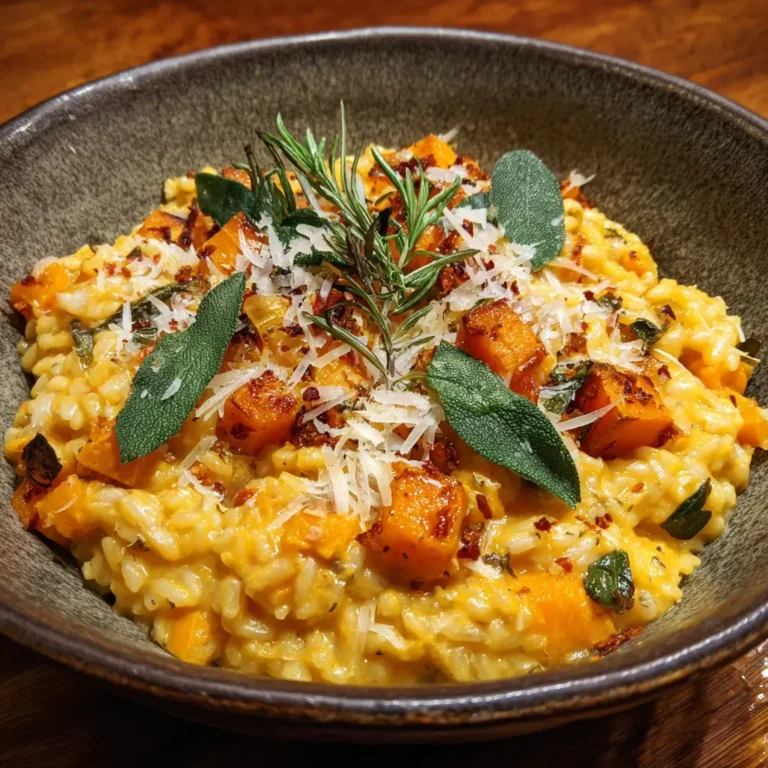One‑Pot Ramen with Veggies
One-Pot Ramen with Veggies: A Hearty, Healthy, and Effortless Meal
If you’re craving a warm, satisfying bowl of ramen but don’t want to spend hours in the kitchen or dirty every pot in your pantry, this One-Pot Ramen with Veggies is the perfect solution. Packed with vibrant vegetables, savory broth, chewy noodles, and customizable protein options, this dish brings the authentic essence of Japanese ramen into your home with minimal effort. Whether you’re a busy professional, a student on a budget, or simply someone who loves comfort food with a healthy twist, this recipe delivers bold flavors, rich textures, and wholesome nourishment—all cooked in a single pot for maximum convenience.
The History of Ramen and Its Global Evolution
Ramen originated in China but was perfected and popularized in Japan during the early 20th century. What began as a simple wheat noodle soup served in a meat-based broth has evolved into a culinary art form with regional variations like Sapporo’s miso ramen, Hakata’s tonkotsu (pork bone) ramen, and Tokyo’s shoyu (soy sauce) ramen. Over time, ramen transcended borders and became a global phenomenon—especially after the invention of instant ramen by Momofuku Ando in 1958. While instant ramen brought accessibility, it often lacked nutrition and depth. Today’s gourmet ramen movement emphasizes fresh ingredients, balanced broths, and creative toppings. This One-Pot Ramen with Veggies pays homage to that evolution—offering a quick, homemade version that’s both flavorful and nutritious, bridging tradition with modern convenience.
Ingredients Breakdown: What Makes This Dish Shine
The magic of this one-pot ramen lies in its thoughtful ingredient selection, combining umami-rich elements, crisp-tender vegetables, and quality noodles. Here’s a detailed breakdown:
- Ramen Noodles: Fresh or dried ramen noodles provide the ideal chewy texture. You can also substitute with soba, udon, or even rice noodles for gluten-free needs.
- Vegetable Broth: A deeply flavored, low-sodium vegetable broth forms the base. For extra richness, mix in a splash of mushroom or miso broth.
- Aromatics: Garlic, ginger, and green onions lay the aromatic foundation, enhancing depth and warmth.
- Veggies: Carrots, bell peppers, broccoli, mushrooms, bok choy, and spinach add color, crunch, and essential nutrients.
- Umami Boosters: Soy sauce, sesame oil, and a touch of rice vinegar or miso paste deepen the savory profile without overpowering.
- Protein (Optional): Tofu, edamame, tempeh, or cooked chicken/shrimp elevate the meal into a complete protein source.
- Garnishes: Sesame seeds, sliced scallions, chili oil, nori strips, soft-boiled eggs, or cilantro lend freshness and visual appeal.
Each ingredient plays a role in creating a harmonious, restaurant-quality bowl from the comfort of your kitchen.
Step-by-Step Recipe: How to Make One-Pot Ramen with Veggies
- Sauté Aromatics: In a large pot or deep skillet over medium heat, warm 1 tablespoon of sesame oil. Add 3 minced garlic cloves and 1 tablespoon of freshly grated ginger. Sauté for 1–2 minutes until fragrant but not browned.
- Add Hard Vegetables: Stir in chopped carrots and bell peppers. Cook for 3–4 minutes to soften slightly while retaining crunch.
- Pour in Broth: Add 4 cups of vegetable broth and bring to a gentle simmer. Let it cook for 5 minutes to infuse the flavors.
- Incorporate Noodles: Add 2 servings of ramen noodles (discard seasoning packets if using store-bought). Stir gently to submerge.
- Add Softer Veggies: After 2 minutes, add broccoli florets, sliced mushrooms, and baby bok choy. Simmer for another 3–4 minutes.
- Season the Broth: Stir in 3 tablespoons soy sauce (or tamari for gluten-free), 1 tablespoon rice vinegar, and 1 teaspoon miso paste (optional). Adjust to taste.
- Add Leafy Greens: Toss in a handful of fresh spinach or kale during the last minute of cooking.
- Include Protein: If using tofu or pre-cooked protein, add it now just to heat through.
- Taste and Adjust: Sample the broth. Add a pinch of salt, a dash of chili oil, or a squeeze of lime for brightness.
- Serve Immediately: Ladle into bowls and top with garnishes like sliced green onions, sesame seeds, nori, or a soft-boiled egg.
Tips for the Perfect One-Pot Ramen
- Don’t Overcook Noodles: Ramen noodles cook quickly. Aim for al dente texture to avoid mushiness, especially if leftovers are expected.
- Bloom Spices: Cooking garlic and ginger in oil first maximizes flavor extraction.
- Layer Vegetables by Density: Add harder veggies earlier and delicate ones later to achieve perfect tenderness.
- Use Low-Sodium Broth: This allows better control over salt levels when adding soy sauce and other seasonings.
- Boost Umami: A small piece of kombu (dried kelp) added to the broth while heating enhances depth naturally.
- Customize Heat: Add sriracha, gochujang, or crushed red pepper flakes for a spicy kick.
- Prep Ahead: Chop all vegetables in advance for a true 20-minute weeknight meal.
Variations and Customizations
This recipe is highly adaptable—ideal for dietary preferences, seasonal produce, or pantry staples. Try these delicious twists:
- Thai-Inspired: Swap soy sauce for coconut aminos, add red curry paste, and use rice noodles with snap peas and basil.
- Miso Ramen: Whisk 2 tablespoons white or red miso into the broth at the end (don’t boil miso to preserve probiotics).
- Spicy Garlic Ramen: Double the garlic, add 1 tablespoon sambal oelek, and finish with a swirl of chili oil.
- Coconut Curry Ramen: Replace half the broth with light coconut milk and stir in 1–2 teaspoons curry powder.
- Gluten-Free: Use tamari instead of soy sauce and gluten-free ramen or rice noodles.
- Vegan & Oil-Free: Skip sesame oil, sauté in veggie broth, and use tofu or lentils as protein.
- Protein-Packed: Add shredded rotisserie chicken, boiled eggs, marinated tempeh, or chickpeas.
- Seasonal Swaps: Use zucchini in summer, sweet potatoes in fall, or cabbage and kale in winter.
Health Considerations and Nutritional Value
This One-Pot Ramen with Veggies is not only delicious but also nutritionally balanced when made with wholesome ingredients. Here’s what makes it a smart choice:
- Low in Saturated Fat: Especially when prepared without oil or animal products.
- High in Fiber: Thanks to diverse vegetables and whole grain or legume-based noodles.
- Rich in Vitamins: Carrots (vitamin A), broccoli (vitamin C), spinach (iron and folate), and mushrooms (vitamin D) contribute essential nutrients.
- Plant-Powered Protein: Tofu, edamame, or lentils offer sustainable protein sources.
- Hydrating and Warming: The broth supports hydration and digestion, making it ideal for cold days or recovery meals.
- Reduced Sodium: Homemade versions avoid the excessive salt found in instant ramen (which can exceed 1,000mg per serving).
Nutritional Estimate (per serving, without added protein): Approximately 300–380 calories, 10g protein, 45g carbohydrates, 8g fiber, 9g fat (mostly unsaturated), and a full spectrum of micronutrients. Serve with a side of kimchi or pickled vegetables for gut health benefits.
Ingredients
- 1 tbsp sesame oil (or vegetable broth for oil-free)
- 3 cloves garlic, minced
- 1 tbsp fresh ginger, grated
- 1 medium carrot, julienned or thinly sliced
- 1/2 red bell pepper, sliced
- 1 cup broccoli florets
- 1 cup sliced mushrooms (shiitake or cremini)
- 1 baby bok choy, chopped
- 2 cups fresh spinach or kale
- 4 cups low-sodium vegetable broth
- 2 servings ramen noodles (about 170g)
- 3 tbsp soy sauce (or tamari)
- 1 tbsp rice vinegar
- 1 tsp miso paste (optional)
- 1/2 block firm tofu, cubed (optional)
- 1/2 cup shelled edamame (optional)
- For garnish: sliced green onions, sesame seeds, nori strips, soft-boiled egg, chili oil, lime wedges
Directions
- Heat sesame oil in a large pot over medium heat. Add garlic and ginger; sauté for 1–2 minutes until aromatic.
- Add carrots and bell pepper. Cook for 3–4 minutes, stirring occasionally.
- Pour in vegetable broth and bring to a simmer. Let cook for 5 minutes.
- Add ramen noodles and stir to separate. Simmer for 2 minutes.
- Stir in broccoli, mushrooms, and bok choy. Cook for 3–4 minutes until vegetables are tender-crisp.
- Mix in soy sauce, rice vinegar, and miso paste (if using). Stir well to combine.
- Add spinach and optional protein (tofu, edamame). Cook for 1 more minute until greens wilt and proteins are heated.
- Taste and adjust seasoning—add more soy sauce, a splash of lime juice, or chili oil to preference.
- Divide into bowls and garnish generously with green onions, sesame seeds, nori, and any additional toppings.
- Serve immediately while hot and steamy.
FAQ
Can I use instant ramen noodles?
Yes, but discard the flavor packet to reduce sodium. Use your own broth and seasonings for better taste and health.
How do I store leftovers?
Store in an airtight container in the fridge for up to 3 days. Note: noodles may absorb broth and become softer upon reheating. Add a splash of water or broth when warming.
Can I freeze this ramen?
It’s best enjoyed fresh, but you can freeze the broth and veggies (without noodles) for up to 1 month. Cook noodles fresh when ready to serve.
What noodles work best?
Fresh ramen, yaki-soba, or udon noodles hold up well. For healthier options, try kelp noodles, mung bean noodles, or whole wheat ramen.
Is this recipe gluten-free?
Yes, if you use gluten-free noodles and tamari instead of soy sauce.
How can I make it creamier?
Blend 1/4 cup silken tofu or cashew butter into the broth before adding noodles, or stir in a spoonful of coconut milk.
Can I make it in a slow cooker?
Absolutely! Sauté aromatics first, then transfer to a slow cooker with broth and hard vegetables. Cook on low for 4–6 hours. Add noodles and greens in the last 30 minutes.
Summary
This One-Pot Ramen with Veggies is a vibrant, nutritious, and deeply satisfying meal that comes together in under 30 minutes with just one pot. Packed with colorful vegetables, aromatic spices, and customizable add-ins, it’s comfort food reimagined for real life—delicious, healthy, and effortlessly easy.






